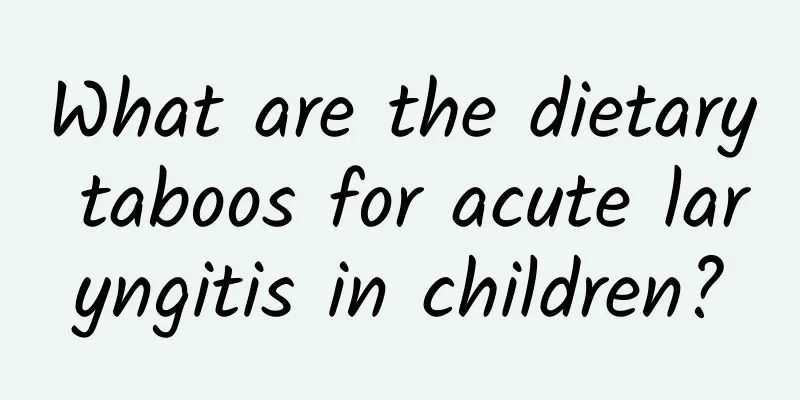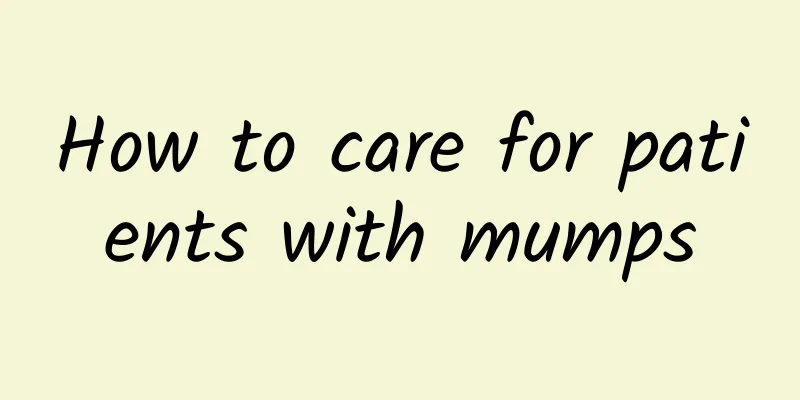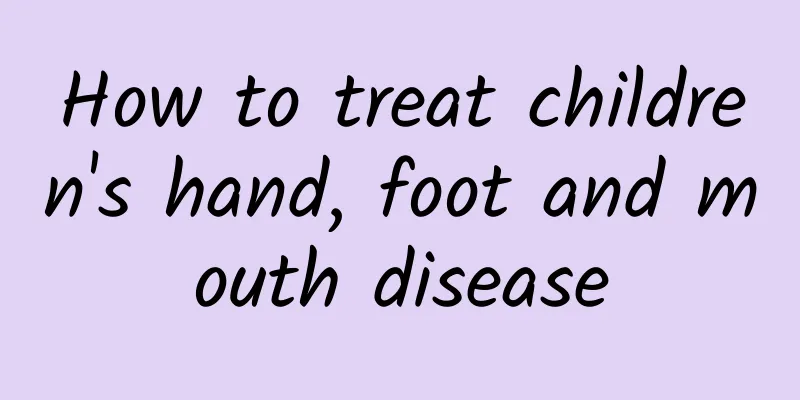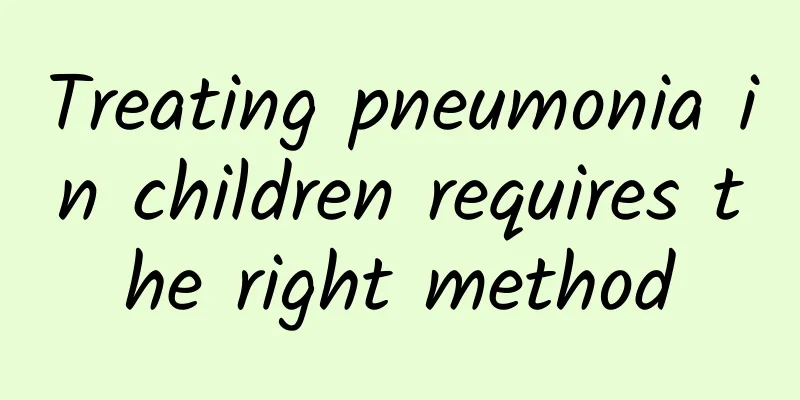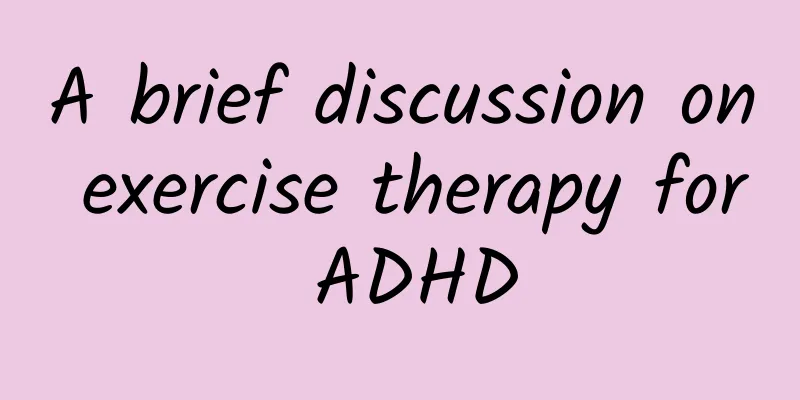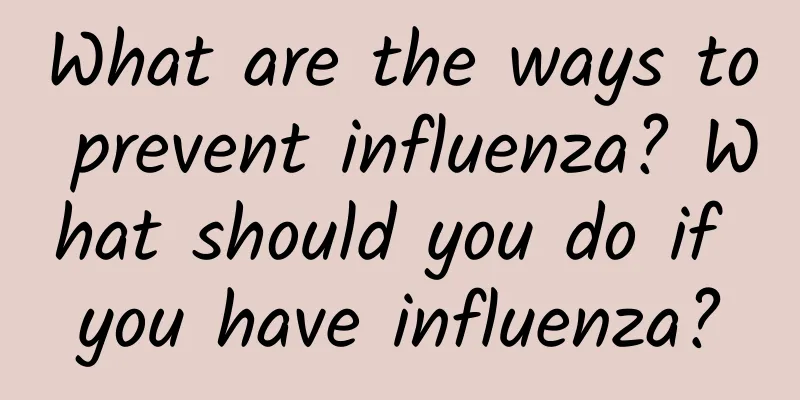Is mumps contagious in children?
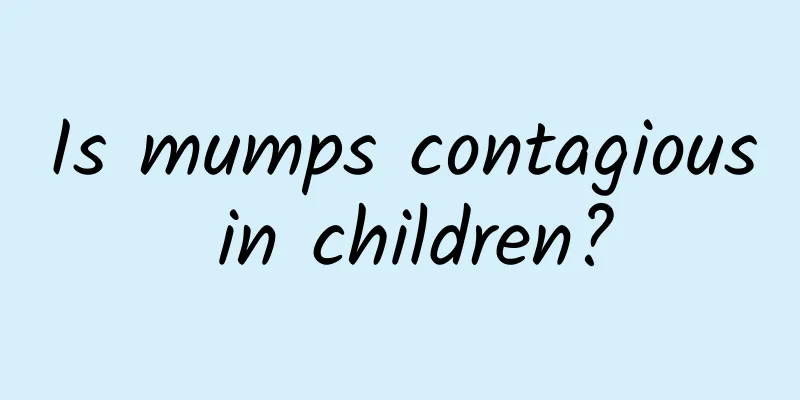
|
Mumps is contagious and is mainly spread through droplets and direct contact. Preventive measures include maintaining personal hygiene, vaccination and avoiding contact with patients. Treatment is mainly symptomatic, such as using antipyretic analgesics, maintaining oral hygiene and getting adequate rest. 1. Transmission routes of mumps in children Mumps is an acute respiratory infectious disease caused by the mumps virus, which is mainly transmitted through droplets, such as virus particles expelled when the patient coughs or sneezes. Direct contact with the patient's saliva or respiratory secretions can also lead to transmission. The virus exists in the patient's saliva, urine and blood and is highly contagious, especially during the incubation period and the early stage of the disease. 2. Methods for preventing mumps in children The key to preventing mumps in children is to get vaccinated. The vaccine can effectively reduce the risk of infection. Usually, the first dose is given when the child is 12-15 months old, and the second dose is given when the child is 4-6 years old. In daily life, children should be taught to wash their hands frequently and avoid close contact with mumps patients. Keep the room ventilated to reduce the retention of the virus in the air. 3. Treatment measures for mumps in children For children who have been infected with mumps, treatment is mainly to relieve symptoms. Antipyretic analgesics such as acetaminophen or ibuprofen can reduce fever and pain. Maintain oral hygiene, drink plenty of water, and avoid acidic or irritating foods. Proper rest helps the body recover. If complications such as orchitis and meningitis occur, seek medical attention in time for targeted treatment. 4. Dietary recommendations for children with mumps During the illness, the diet should be light and easy to digest, such as rice porridge, noodles, steamed eggs, etc. Avoid spicy, greasy and hard foods to reduce the burden on the parotid gland. Drink more water or juice, such as apple juice, pear juice, etc., to help keep the mouth moist and the body's water balance. 5. Isolation measures for children with mumps Children with mumps should be isolated and treated to avoid infecting others. The isolation period is usually 9 days after the onset of the disease, or after the swelling of the parotid gland has completely subsided. Parents should pay close attention to changes in the symptoms of their children. If they have symptoms such as persistent high fever and severe headache, they need to seek medical attention in time. Mumps is highly contagious, but vaccination, hygiene and timely treatment can effectively prevent and control the progression of the disease. Parents should pay attention to preventive measures and seek medical attention in time when symptoms are found to protect the health of their children. |
<<: The main symptoms of pneumonia in children
>>: What causes diarrhea in children?
Recommend
First check for Hirschsprung's disease
Congenital Hirschsprung's disease requires a ...
How to relieve nocturnal attacks of acute laryngitis in children
When acute laryngitis occurs at night in children...
The efficacy of Baby Baifukang Ointment
Baifukang Ointment is made of many kinds of plant...
What are the common pathogens?
Pathogens are invisible enemies that we need to b...
What to eat for chronic cold and cough? Diet, health care and nursing for chronic cold and cough
Dietary health care and nursing for chronic cold ...
Is diarrhea and eczema in children an allergy? Revealing the typical symptoms of allergies in children
Diarrhea in children is a common disease in the d...
How to prevent patent ductus arteriosus
How should we prevent patent ductus arteriosus? N...
What are the symptoms of pneumonia in children?
Pneumonia is an inflammatory disease of the lower...
What tests should children with ADHD undergo?
Diseases like ADHD in children are indeed quite c...
Best treatment for ADHD
ADHD, also known as attention deficit hyperactivi...
What is the cause of neonatal jaundice?
What is the cause of neonatal jaundice? Nowadays,...
What are the methods to cure neonatal jaundice?
Neonatal jaundice is a common disease in the neon...
What to do if your child has a severe cough
Children's resistance is much weaker than tha...
How many days does it take for a baby to develop jaundice?
"Neonatal jaundice" refers to the accum...
What are the common tests for Kawasaki disease in children?
In our daily lives, we should learn more about so...
